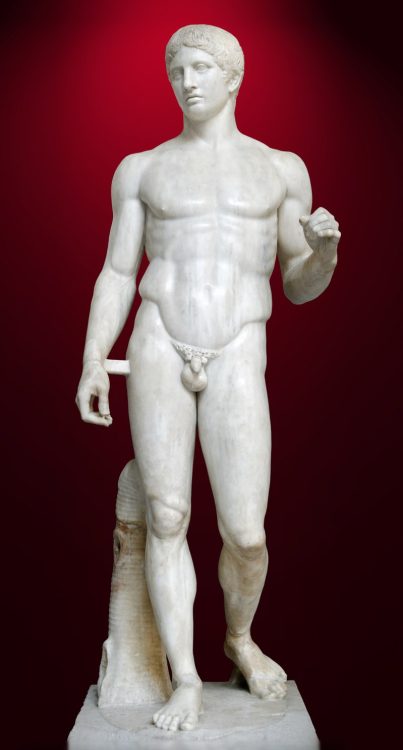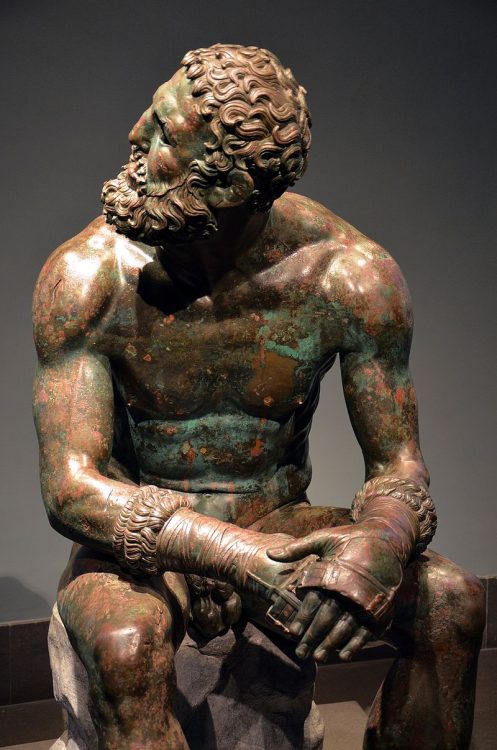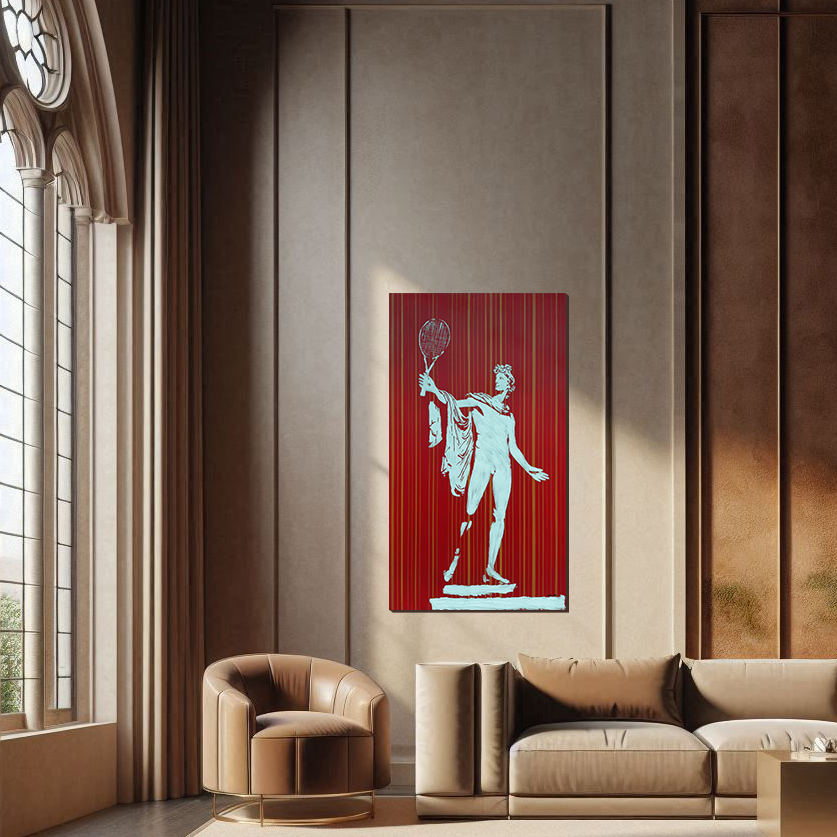The Connection Between Greek Statues, Athletes, and Sport
The Role of Sports in Ancient Greek Culture
In Ancient Greece, sports were not just a pastime; they were a way of life. Athletic competition was deeply intertwined with religious and cultural identity, as seen in events like the Olympic Games, held every four years to honor Zeus at Olympia. These games brought together athletes from across the Greek city-states, showcasing their dedication to physical perfection and the ideals of arete, meaning excellence. The Olympics reflected the importance of balancing physical strength and moral virtue.
Statues as Celebrations of Athletic Achievement
Greek statues of athletes often depicted idealized human forms, capturing not only the physical prowess of competitors but also their spiritual dedication. Sculptures like Myron’s Discobolus (Discobolus, or Discus Thrower) are iconic examples of this. These statues went beyond realistic representation; they were aspirational, celebrating the human body’s potential and its harmonious proportions.





Classical Athletes
Statues
Athletics and the Gods: A Spiritual Connection
Many statues of athletes also served a religious purpose, as athletes were seen as embodying divine qualities. Victors often dedicated their trophies or statues to the gods as offerings. Sanctuaries like Olympia housed numerous statues of athletes, blending the physical and spiritual realms. This connection between the human and the divine is a recurring theme in Greek art and sport.
The Lasting Influence of Ancient Greek Athletics
The Greek emphasis on sport, competition, and physical beauty has left a lasting legacy in Western culture. Modern sports, from track and field to wrestling, trace their origins back to ancient competitions. Today, these ideals continue to inspire not only athletes but also artists who explore the themes of strength, movement, and resilience in their work. Similarly, in my painting series “We Art the Champions”, I draw from this same pursuit of excellence, depicting modern athletes alongside neoclassical statues. These artworks celebrate the enduring ideals of strength, grace, and the relentless human drive for greatness. The link between classical statues and sports underscores the timeless human pursuit of excellence.
Conclusion
The relationship between ancient Greek statues, athletes, and sports is a testament to the enduring legacy of Greek culture. These works of art remind us of a time when the human form and spirit were celebrated in harmony, and they continue to inspire admiration in modern times.
Get Connected
info@saralora.com
